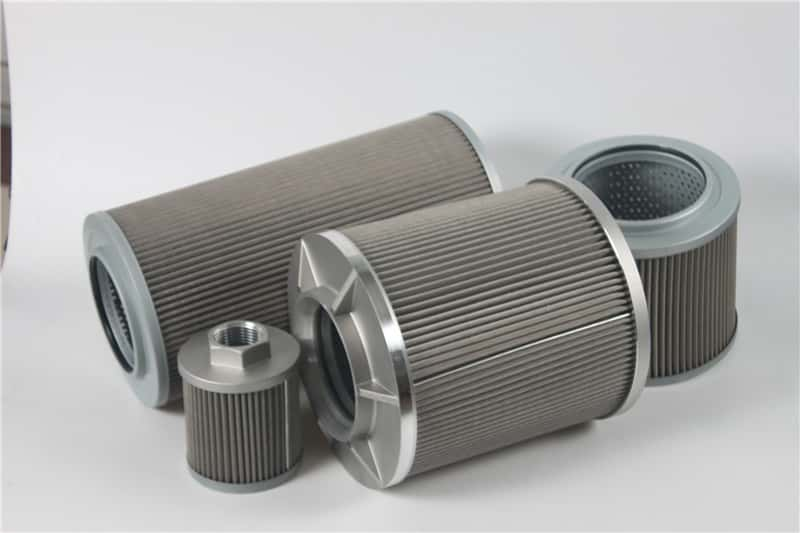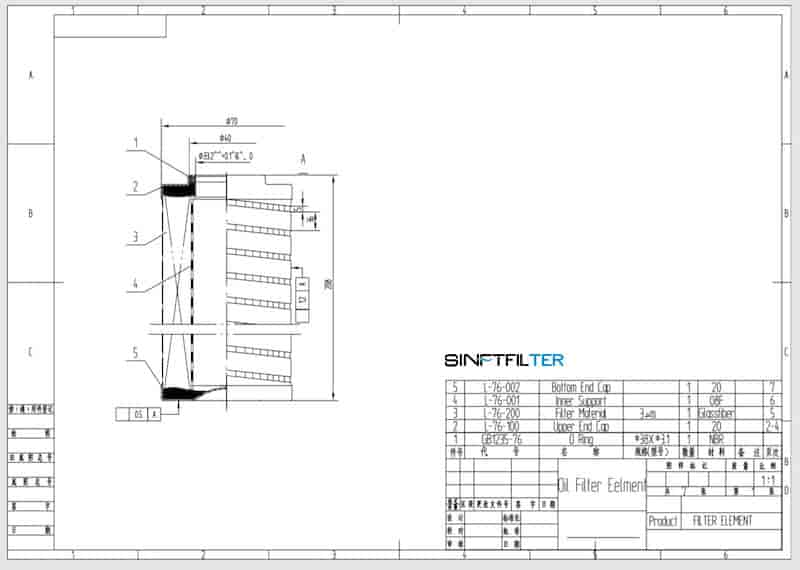Hydraulic filter element
- High resistance to variable operating pressures and flowrates
- More pleats for hydraulic filter larger surface and filtration area
- Improved hydraulic system operation and reliability
- Extended filter element life, low clean differential pressure
- Reduced maintenance costs by consistent filtration efficiency
- Customized options with specific hydraulic filter element dimensions
- Technical consulting, engineering support and testing service
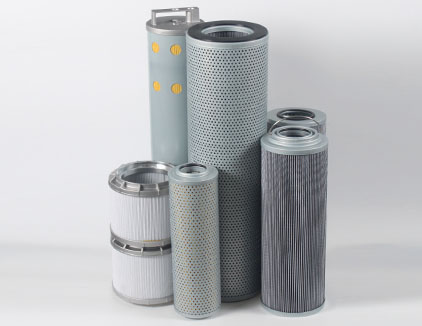
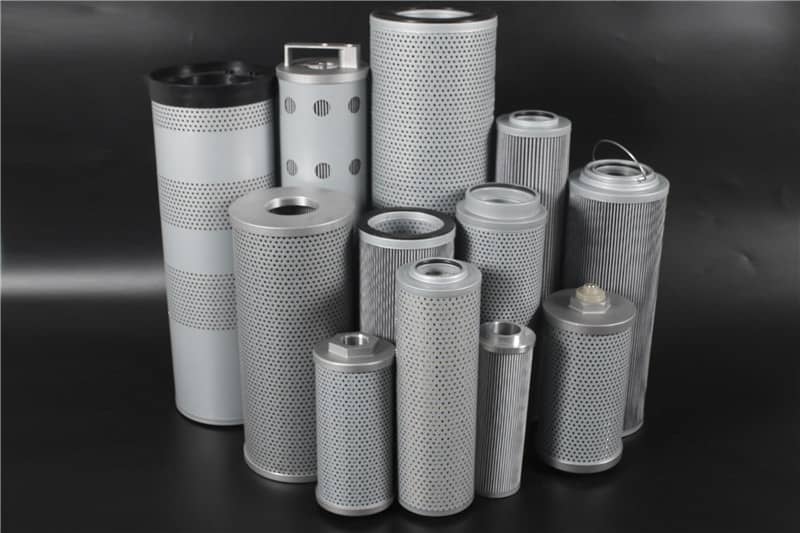
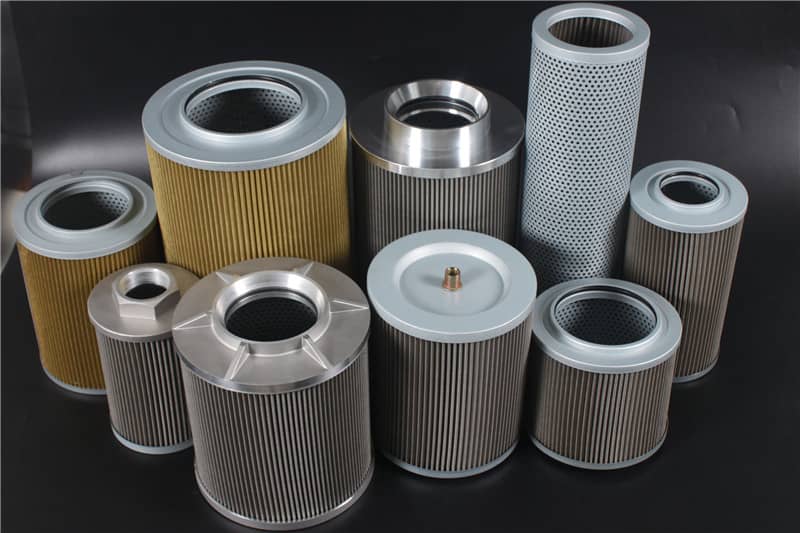
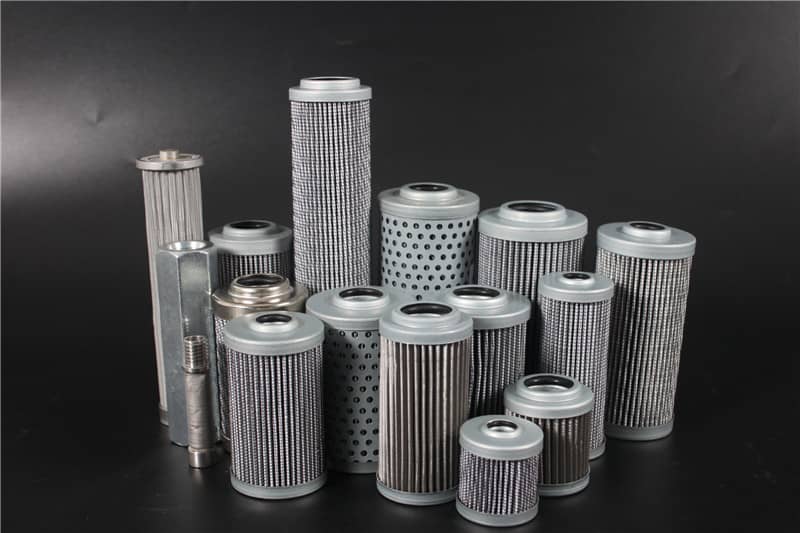
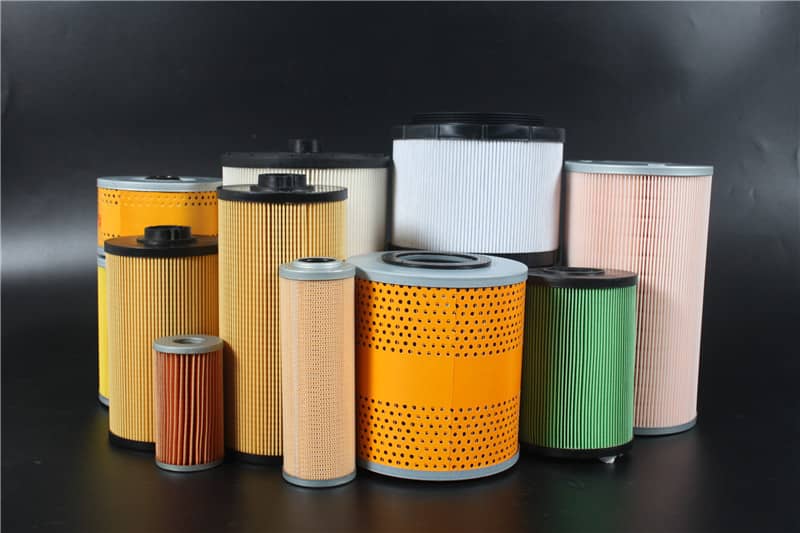
Based on your oil cleanliness level requirements and hydraulic system applications, SINFT® offers glass fiber, stainless steel wire mesh, and paper filter materials. They are used as a surface or depth filtration to help you protect critical system components. The hydraulic filter micron rating is available from1 to 200 µm with pressure up to 42 bar.
Compare with other hydraulic filters suppliers, SINFT® hydraulic oil filter element has a high dirt-holding capacity to ensure consistent filter efficiency and long element life. Meanwhile, our hydraulic filter price is more competitive. SINFT® always continues improving our hydraulic filter cartridge process technologies, quality standards, and cost control.
Having a comparable performance and same dimension, function, SINFT® hydraulic oil filter elements can be easily applied as many brands hydraulic filter replacement, such as Mahle hydraulic filter elements, Vickers hydraulic filter elements, Pall hydraulic oil filter elements, Hydac hydraulic filters, Parker hydraulic filter elements...
At present, SINFT® hydraulic filtration product line features more than 4,800 high-quality hydraulic filter elements. Whether hydraulic oil flows from outside to the inside, or from inside to outside, our engineers can help you design hydraulic filter cartridge with high strength, high removal efficiencies, and long service life.
If you want to keep the hydraulic system in low contamination, save maintenance cost and avoid expensive pump failures, oil changes, and unscheduled downtime, please contact us now.
No matter for standard or custom dimensions, SINFT® offers OEM for all hydraulic filtration solutions.
Hydraulic Oil Filter Specifications:
*Filter material: Glass fiber, paper, stainless steel wire mesh
*Filtration accuracy: 1μm ~ 200μm
*Working pressure: 10bar-420bar
*Working temperature: -30°C~+100°C
*Sealing material: nitrile, Viton, others on request
*End design: single or double open end, bypass valve with opening pressure options
Hydraulic Filter Element Application:
Power generation
Agriculture and construction
Chemical processing
Wind
Oil and gas
Compressors
Power units
Mobile hydraulics
Factory equipment
Coatings & Inks
Why choose hydraulic filter elements from SINFT®?
SINFT® is a professional hydraulic filter elements manufacturer, so we have a better price and quality control ability on our hydraulic oil filter elements. The cost will be about half of your local supplier (including freight). 24 Hours Fully Support Service
Our support team will help you 24/7 with hydraulic filter system technical problems, we will one-to-one to check your installation dimension and details, so it is very easy to help you design or replace hydraulic filter elements. Free sample is available with quick delivery. Professional Production Technology&Staffs.
SINFT® has more than 18 years hydraulic elements production experience. Replacement and custom hydraulic filter oil cartridges are sold in 30+ countries. Strict Quality Control After-sale.
We ensure you that if there are any quality problems after-sale, we will reproduce for free. All SINFT®hydraulicfilter elements are integrated quality inspection before delivery. Usually when the filter is blocked with contaminants, reaching a setting drop of pressure. Hydraulic filter elements should be replaced immediately to ensure optimum and continuous filtration performance. .Make sure the hydraulic system is off-line. .Vent and drain the hydraulic filter housing. .Take off the lid of the hydraulic oil filters and take out used hydraulic filter element. .Set the new hydraulic filter element in place. .Check and install the cover gasket to re-seal the hydraulic system. .Raw material procurement with certification .Professional inspectors at every production process .Advanced production and glue-injection equipment .Strict testing before send-out based on ISO standards .Element collapse resistance as per ISO 2941 .Pressure drop versus flow characteristic as per ISO 3968 .Fatigue pressure testing as per ISO 3724 .Fluid compatibility as per ISO 2943 .Multi-pass filter ratings as per ISO 16889 We don't have MOQ limited, usually with 1 PC. For hydraulic filter replacement, we have many brands in stock and ready to ship immediately.
For custom HYD filter elements, we will produce and deliver within 7-15 days. 1. Package: Carton or wooden case as your request. 2. Shipping: FedEx/DHL/UPS/TNT for samples or small order, directly to your company. 3. By air from Zhengzhou airport, 3-5 days arrival Contact us at "iris@sinftfilter.com", and please tell us your present hydraulic filter housing structure or elements dimensions. Our support team will contact you as soon as possible. T/T, Western Union, Paypal, Visa Card, Alipay Yes, we offer OEM service and customize brand logo or model numbers on the products are available. Yes, we offer OEM service and customize brand logo or model numbers on the products are available. *Remove contaminants in hydraulic systems which is responsible for 80% of systems failure *Reduce the cost of running hydraulic systems by preventing system downtime and frequent wear of components due to contaminatio *Protect hydraulic systems components such as fittings, hoses, valves, pumps, etc. from contaminants that would otherwise cause damage *Reduces frequency of systems maintenance and component replacement *Ensures hydraulic system is safe and clean The major components of the hydraulic filter include: hydraulic filter elelment structure Most hydraulic applications have a large pressure differential across its elements Therefore, it has an inner tube support to increase the resistance of the hydraulic filter elements These are zinc coated or stainless steel sheets in a variety of shapes to hold the tubular filters. All hydraulic filter elements have two endplates, one at the top and the other at the bottom. This is the main filtering material with a number of pleats to increase the surface area and efficiency of filtration. You can get a hydraulic filter with different tubular filters such as Most hydraulic filter element have epoxy adhesives which bonds the inner cylinder, tubular filter, and end plates together, According to the requirements of some filter elements, SINFT uses special adhesives, and the working environment can adapt to the high temperature of 300 ℃. The O-rings act as seals between the filter body and the upper end plates. You will get an O-ring package according to the hydraulic filter element part number. This is an aluminum alloy tube where the notched wire wraps around and forms a cylinder. The SINFT® hydraulic filter elements work based on specific principles including ? The filtration principle relates to filters that are in pressure lines and deliver the ultimate protection for fittings that are downstream.You can use the pressure flow to your advantage by adding filters with ratings of around 2 micrometers or maybe less.In the case of high flow velocities, you may experience a decrease in the effectiveness of the filters.
This will be as a result of disturbance to the particles within the filtration trap.
Pressure filtration is the most expensive mode of filtration due to high installation and maintenance cost
he high cost comes as there is a need to purchase high-quality hydraulic filters to withstand the high pressure. The principle of the return line for filtration follows the following philosophy:
In case the reservoir, fluid, and anything that enters the reservoir have been filtered then it will continue to be clean.
Fortunately, you can depend on the return line that makes it possible to force fluid through finer filters.
The filters can be as fine as 10 micrometers to trap any form of contaminant in the fluid.
In this case, the fluid pressure is not very high and will not interfere with the design of the filter or housing.
It will, therefore, make it one of the most economical filtration processes. This is the process of filtering fluids in the hydraulic container in a totally different circuit.
It relieves the filters in the main flow of heavy filtration and increases system availability.
This will, in turn, lead to a decrease in the cost of operation. Suction filtration is the process of separating solids from a solid, liquid mixture with an aim of retaining the solid. It uses the principle of vacuum filtration to separate the solids from the solid-fluid mixture.For instance, crystallization process depends on suction filtration to separate the crystals from the fluid. The main types of hydraulic filter elements manufactured by SINFT® include: *Microglass on hydraulic filters(For SINFT filter material information, please check Download) *Paper on hydraulic filters *Stainless Steel wire mesh Here is a guide on replacement filter element This is a multilayer pleated structure that consists of synthetic Microglass fibers I Epoxy adhesives to seal them from leaking II Machining end caps to increase the integrity of the elements III High resistance to collapse even at higher pressure. IV Wide range of micron rating with a deep filtration. V Combination of absorption layers that can remove both water and particles The main advantages of using the Microglass elements include:> I It has a higher dirt holding capacity in comparison with others. II It allows for very few element change outs as it can last longer thus saving money and time. This is a single layer structure with pleat structures made of polyester fiber and paper. The main features include: I High material strength and stability for flushing operations II It is available in different micron ratings such as 5, 10, 20, and 40 micrometer micron ratings. III The media packaging has full encapsulation in a sealant that eliminates the possibility of fluid bypass. IV It has a wider surface area that increases high flow performance and life of the filter element. This is a single or multilayer pleated stainless steel wire mesh structure. You can use it for surface filtration to protect the hydraulic pumps and remove particles from hydraulic fluid. You can also get custom micron ratings according to your specifications. It is available in different micron ratings such as 25, 40, and 80 micrometer micron ratings. You can also get custom micron ratings according to your specifications. The main advantage of using the stainless steel wire mesh include: I It is easy to clean and maintain thus a longer service life. II It is a cheaper alternative to glass fiber filter elements. The units for measuring the size of the wire mesh are in terms of the number of mesh per inch. Implying that, if there are 5 meshes, then within one inch there are 5 gaps. The size of mesh openings differs according to the wire diameter of the wire mesh even for the same number of mesh. A micron, on the other hand, is a measurement unit that represents a millionth of a meter. It is also the ability of a fluid filter to remove the contaminants depending on the size of the particles. So, the smaller the micron rating of a particular filter, the higher the efficiency of the filter. Filter efficiency is the ability of a hydraulic filter to trap contaminants within the filter element.
It is a ratio of particles that a filter element cantrap over the number of particles in the upstream fluid.
You can be able to determine the efficiency of the hydraulic filter just by counting the number of downstream particles.
You can also tell filter efficiency depending on specific particle size ranges or the total number of particles of all sizes. SINFT® hydrauclic filter element Beta rating describes the efficiency of a filter in the retention by looking at the particles retained within the filter.describes the efficiency of a filter in the retention by looking at the particles retained within the filter. Beta rating is often a subscript number for the micron size being considered. Larger beta rating is an indication of a good hydraulic filter with a more efficient particle retention rate. For instance, β4μ means the beta rating for the filter at 4 microns. It also denotes how efficiently 4 micron particles are removed by the hydraulic filter element. A measure of the pore size in the filter media is expressed as either 'Nominal' or 'Absolute'. It also refers to the efficiency of the hydraulic filter element. Nominal is a standard element of efficiency that depends on surface filtration. Nominal rating is the percentage of particles of given sizes that hydraulic filters can capture. For instance, 12 microns at 92% means the filter will remove 92% of particles of 12 microns in size. Absolute rating, on the other hand, is a high element of efficiency that depends on a higher depth of filtration. Absolute rating refers to the removal of all particles at a given micron size. That is, 25-micron absolute means 100% of particles of size 25 microns or greater will be captured.How to change hydraulic filter elements?
Quality Assurance For SINFT®Hydraulic Filter Element
What is your hydraulic filter element minimum order quantity?
What is your delivery time?
What is your hydraulic filter element packaging and shipment?
How to get a quick quote of the hydraulic filter element?
What're the terms of payment?
Can I use my own logo on the hydraulic filter element
Hydraulic Filter Element: Ultimate GAQ Guide
What is the function of a Hydraulic Filter Element
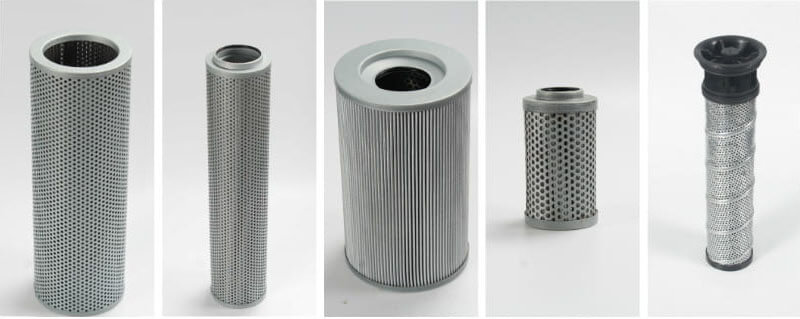
What are Major Components of a Hydraulic Filter Element?
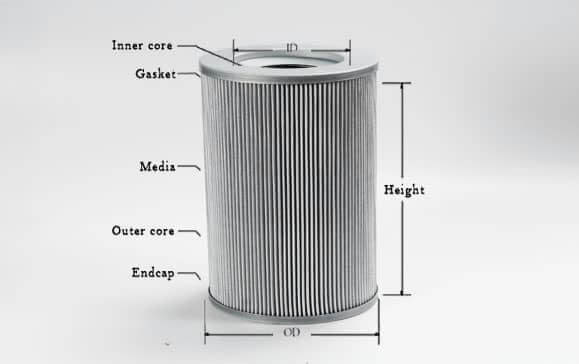
Customized hydraulic filter you need to know the structure
*Center or Inner Tube Support
* End Plate
* Tube Filter Filtering Material
* Adhesives
* O-Ring
* Fin Tube
How Does a Hydraulic Oil Filter Element Work?
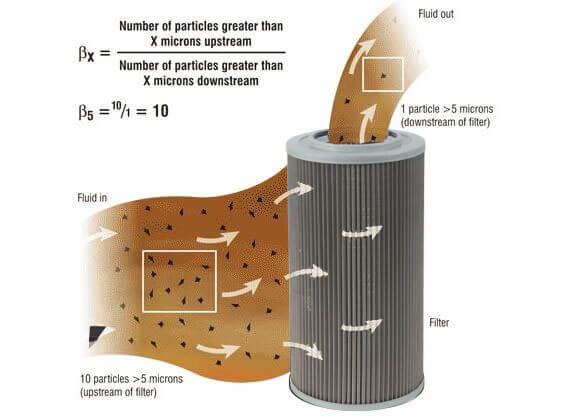
1)Pressure Filtration
2)Return Filtration
3) Return-line Filtration
4) Suction Filtration
What Types of Hydraulic Filter Elements are Manufactured by SINFT®?
Which Filter Materials are used to Produce Hydraulic Filter Elements?
Which filter media does SINFT® use?
* Microglass or Glass Fibers on Hydraulic Filters
*Paper on Hydraulic Filters
*Stainless Steel Wire Mesh
What are the Meanings of "Micron" and "Mesh" for Filtration?
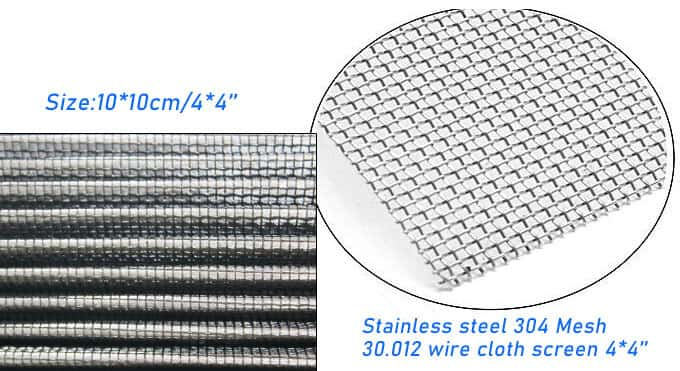
What is a Hydraulic Oil Filter Efficiency?
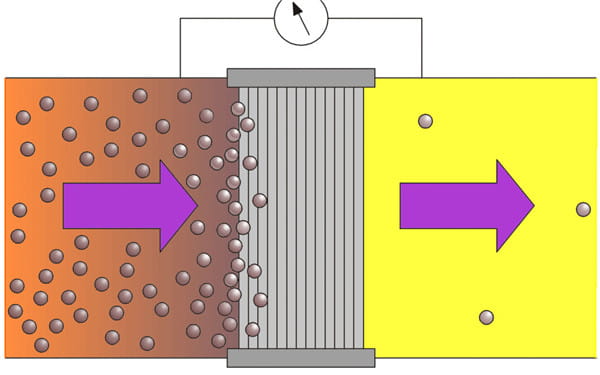
What is a hydraulic oil filter beta rating?
What is the Difference between Absolute and Nominal Ratings?
Absolute and Nominal
Beta rating describes the efficiency of a filter in the retention by looking at the particles retained within the filter.
Larger beta rating is an indication of a good hydraulic filter with a more efficient particle retention rate.
Beta rating is often a subscript number for the micron size being considered.
For instance, β4μ means the beta rating for the filter at 4 microns.
It also denotes how efficiently 4 micron particles are removed by the hydraulic filter element.
What does ISO Code Mean?
You can measure oil cleanliness in terms of ISO1046
This can be equal to or larger than 4, 6, or 14 microns in diameter.
Each ISO code represents a particular range of particle counts.
For example, ISO code 19/17/14 means that:.
*Particles of diameter greater than or equal to 4μ have ISO code 19.
*Diameter that is greater than or equal to 6μ have ISO code 17.
*Diameter that is greater than or equal to 14μ have ISO code 14.












